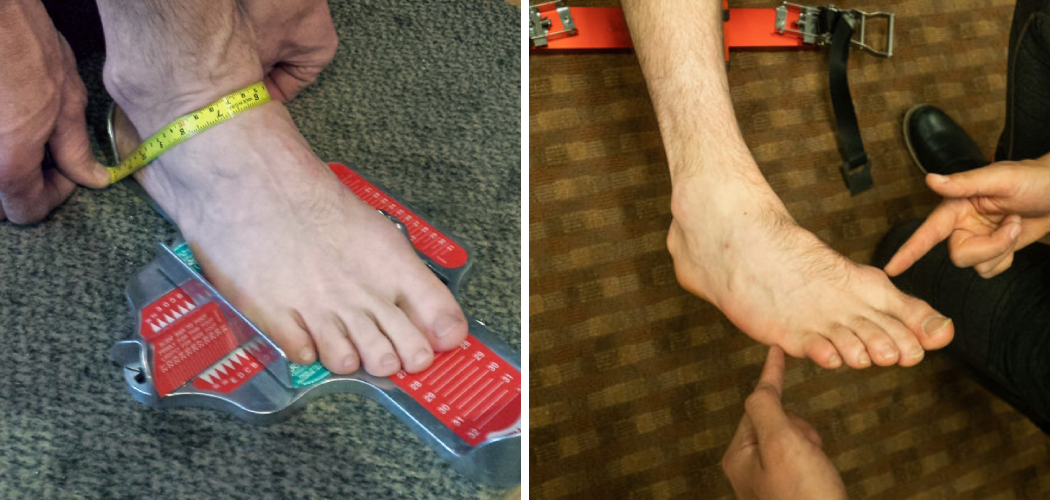Skiing is one of the most popular winter activities millions of people enjoy worldwide. Whether skiing down a mountain for the first time or being a seasoned professional, having the right equipment is crucial to your experience.
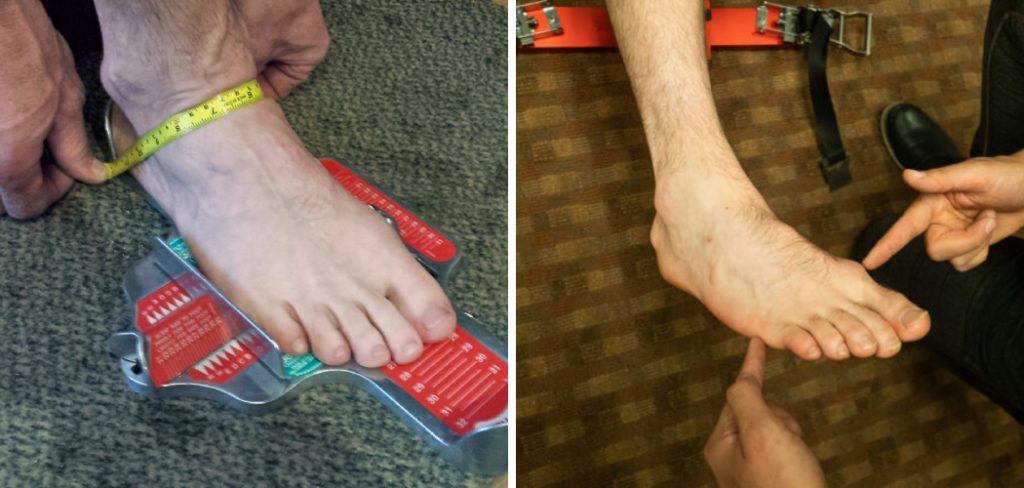
One important aspect of skiing that often gets overlooked is the fit of your ski boots. Poorly fitting ski boots can cause discomfort, pain, and even injury, so it’s essential to ensure that your boots fit correctly. In this blog post, we’ll show you how to measure feet for ski boots so that you can enjoy a comfortable and safe skiing experience.
Can You Measure Feet for Ski Boots?
Skiing is an exhilarating experience that requires the perfect fit and support from your ski boots. Even the slightest discomfort could ruin your day on the slopes. That’s why it’s essential to measure your feet for ski boots before hitting the mountain.
But measuring your feet for ski boots is not the same as measuring them for regular shoes. Inaccurate measurements can lead to uncomfortable and ill-fitting boots, negatively impacting your skiing performance and fun.
Therefore, it’s crucial to consult a ski boot fitting expert who can measure your feet correctly, considering factors such as arch length, foot width, and instep height. By doing so, you ensure comfort, warmth, and the best skiing experience of your life!
Why Should You Measure Feet for Ski Boots?
Skiing is a thrilling and challenging sport that requires a lot of preparation and planning. Among the many important factors in ensuring a successful skiing experience, choosing the right ski boots is crucial.
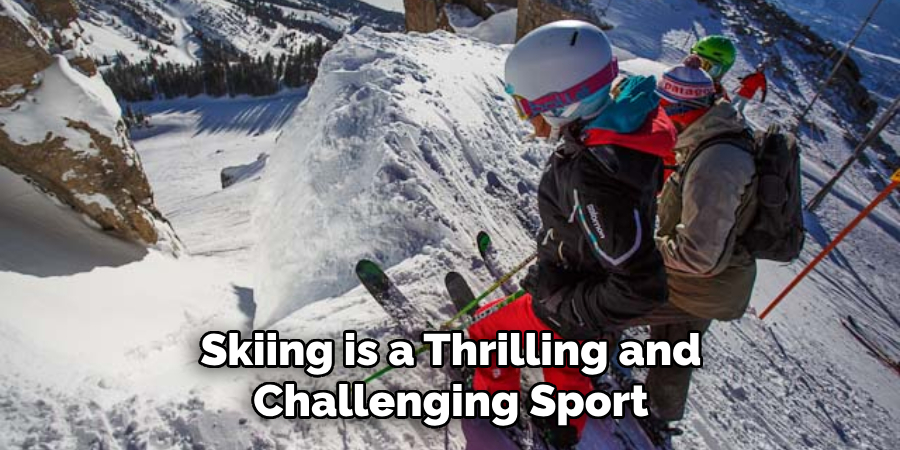
While it may seem like a simple task, the reality is that properly measuring your feet is a vital step in the process. Ill-fitted ski boots can lead to discomfort, pain, and even injuries. By measuring your feet, you can ensure that you find the perfect fit and that your feet are properly supported and protected while skiing. The right ski boots can make all the difference in your skiing performance, so don’t underestimate the importance of accurate measurements.
7 Tips to Follow on How to Measure Feet for Ski Boots
1. Start by Wearing the Right Socks
Before measuring your feet for ski boots, it’s essential to wear the right socks. Wearing thick socks or multiple socks can cause your boots to feel too tight, while thin socks can cause discomfort and blisters. It’s best to wear medium-thickness, knee-high ski socks made from a moisture-wicking material to keep your feet dry and warm.
2. Trace Your Feet
The first step in measuring ski boots is to trace your feet onto paper. Stand barefoot on a blank sheet of paper and trace the outline of both feet using a pen or pencil. Keep the pen or pencil perpendicular and close to your foot to ensure the most accurate measurement possible.
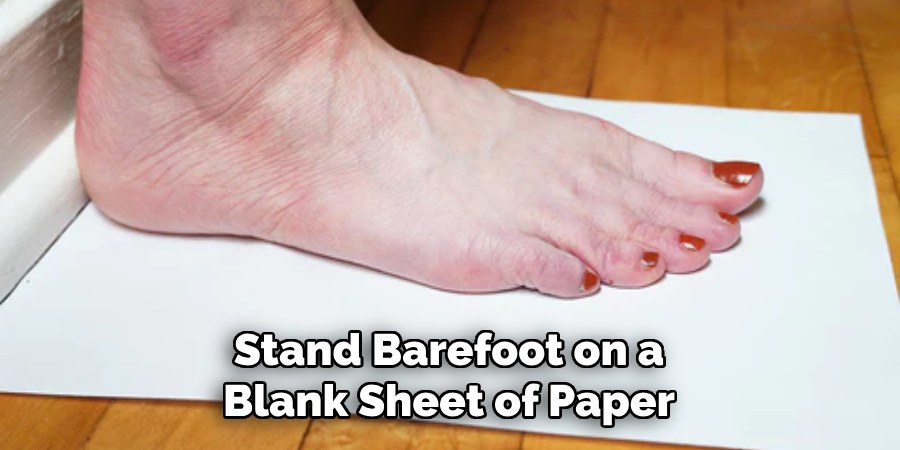
3. Measure the Length and Width of Your Feet
Once you have traced your feet, measure the length and width of each foot using a ruler or tape measure. Measure from the tip of your big toe to the end of your heel for the length, and from the widest part of your foot for the width. Be sure to measure both feet as they may differ in size.
4. Use a Ski Boot Sizing Chart
Now that you have your foot measurements, you can use a ski boot sizing chart to determine your correct size. Find a sizing chart corresponding to the brand and model of the ski boots you’re interested in buying. Match your foot length and width measurements to the chart to find your size.
5. Try on Different Ski Boots
Ski boot sizing can vary from brand to brand and even between models within a brand. It’s crucial to try on different ski boots to ensure the best fit. You may need to go up or down a size or opt for a different width. Wear your ski socks when trying on boots to get an accurate fit.
6. Flex the Boot
When trying on ski boots, it’s important to flex them to get a feel for how stiff they are. When standing straight up, your foot should have enough room in the toe box but still be snug. The boot should also flex with you when bending your knees and ankles.
7. Don’t Overlook the Liner
Ski boots come with a removable liner, which adds an extra layer of insulation and cushioning. It’s important to make sure the liners fit comfortably on your feet. The liner should be snug but not overly tight, with enough room for your toes to move slightly. If possible, try on different liners until you find one that fits just right.
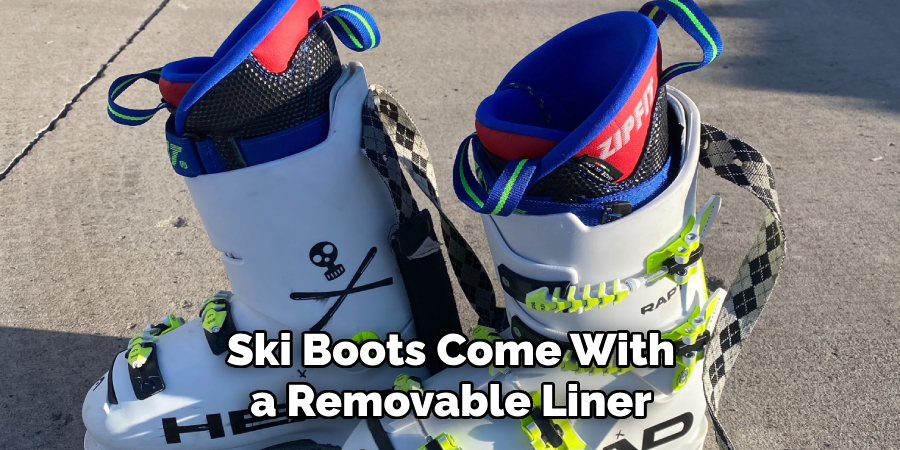
These tips will help you accurately measure your feet for ski boots and find the perfect fit. Remember to wear the right socks, trace your feet, use a sizing chart, try on different boots, flex them in-store, and select a liner that fits comfortably. With the right measurements and ski boot setup, you’ll be ready to take on the slopes confidently and comfortably.
5 Considerations Things When You Need to Measure Feet for Ski Boots
1. Foot Length
The first thing to consider when measuring feet for ski boots is the foot length. It is important to measure the length of both feet, as some people have one foot that is longer than the other. The best way to measure foot length is by standing on a flat surface and tracing around the foot with a pencil or marker. Then, use a ruler or tape measure from the heel to the longest toe.
2. Foot Width
The second thing to consider when measuring feet for ski boots is width. It is important to measure both the ball and arch width of each foot to get an accurate measurement. To do this, stand on a flat surface and trace around the ball and arch of each foot with a pencil or marker. Then, use a tape measure from side to side at both points.
3. Foot Volume
The third thing to consider when measuring feet for ski boots is volume. This refers to how much space there is inside the boot after it has been laced up tightly. To accurately measure volume, put on a pair of socks that you will wear while skiing and lace up your ski boots as tightly as possible without causing discomfort or pain.
Then, use your thumb and index finger to press down on different parts of your foot until you feel resistance; this will give you an idea of how much room there is inside the boot once it’s laced up properly.
4. Boot Flexibility
The fourth thing to consider when measuring feet for ski boots is flexibility – this refers to how flexible the boot material is when flexing forward and backward during skiing movements such as turns and jumps. To determine flexibility, press down firmly on different parts of the boot with your thumb and index finger; if it feels stiff, it may not be suitable for skiing activities requiring more flexibility from your boot material, such as slalom racing or freestyle skiing tricks.
5. Boot Fit
Finally, the fifth thing you should consider when measuring feet for ski boots is fit – this refers to how comfortable your boots feel when they are laced up tightly without causing any discomfort or pain in any part of your foot or ankle area during movement, such as walking or running uphill.
To ensure proper fit, try on several different pairs of boots before making a purchase; make sure they are laced up properly so that all areas of your foot are supported evenly without any pinching sensations.
Measuring feet for ski boots doesn’t have to be a difficult process as long as you take the time to consider these five factors and get the appropriate measurements before making your final purchase. With some research and consideration, you can find the perfect pair of ski boots to keep your feet comfortable and supported while on the slopes.
Benefits of Measure Feet for Ski Boots
Skiing is fun and thrilling, but it can quickly become uncomfortable and unsafe if your ski boots do not fit correctly. This is why measuring your feet for ski boots is crucial. Not only will it ensure that you have a comfortable and enjoyable experience on the slopes, but it can also improve your skiing performance.
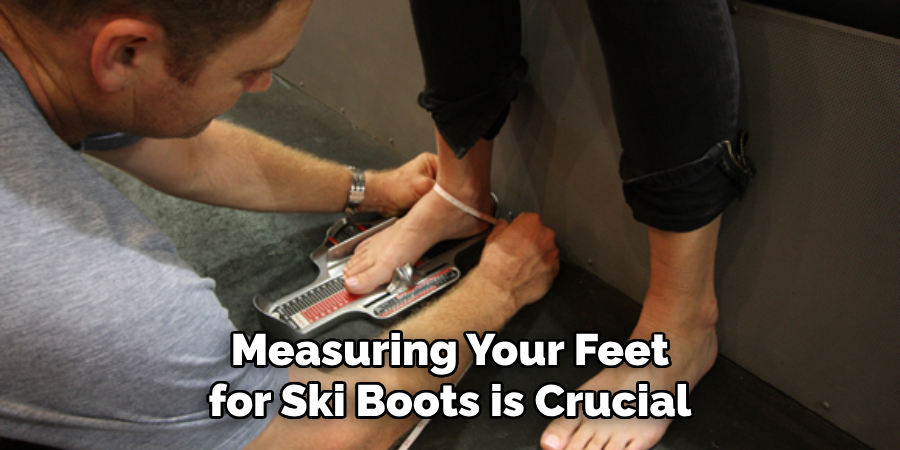
When your boots fit properly, you have better control over your skis, allowing you to ski more confidently and easily. Properly fitting ski boots also prevent foot pain, blisters, and injuries caused by ill-fitting boots. So, take the time to measure your feet for ski boots before hitting the slopes and reap the benefits of a perfect fit.
Some Common Mistakes People Make When Trying to Measure Feet for Ski Boots
When finding the perfect ski boots, measuring your feet correctly is essential. Unfortunately, many people make common mistakes that can lead to discomfort and pain while on the slopes. One of the most significant errors is not getting professionally measured or using an at-home measurement tool that may not be accurate.
Another mistake is failing to consider your feet’ shape or skiing ability. It’s critical to communicate with a ski boot fitter who can ensure that your boots fit like a glove and provide the support you need. Remember, the right boots can make all the difference in your skiing experience, so take the time to get it right.
Conclusion
Being properly fitted for ski boots is a crucial aspect of having a great skiing experience. Following the steps outlined above, you can measure your feet for ski boots and ensure you’re purchasing the right size.
Remember to try on different boots and consult with a professional if you’re unsure. You can enjoy a comfortable and safe skiing experience with the right-fitting ski boots. Thanks for reading our post about how to measure feet for ski boots.

